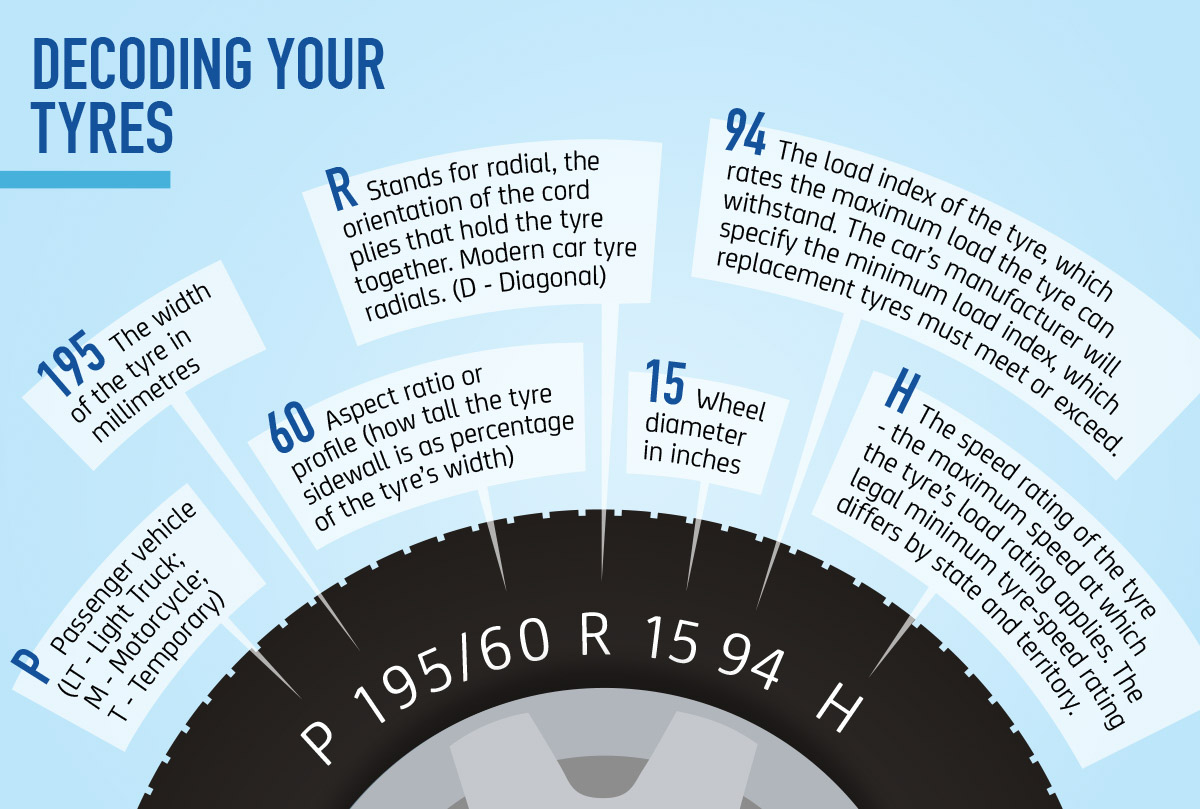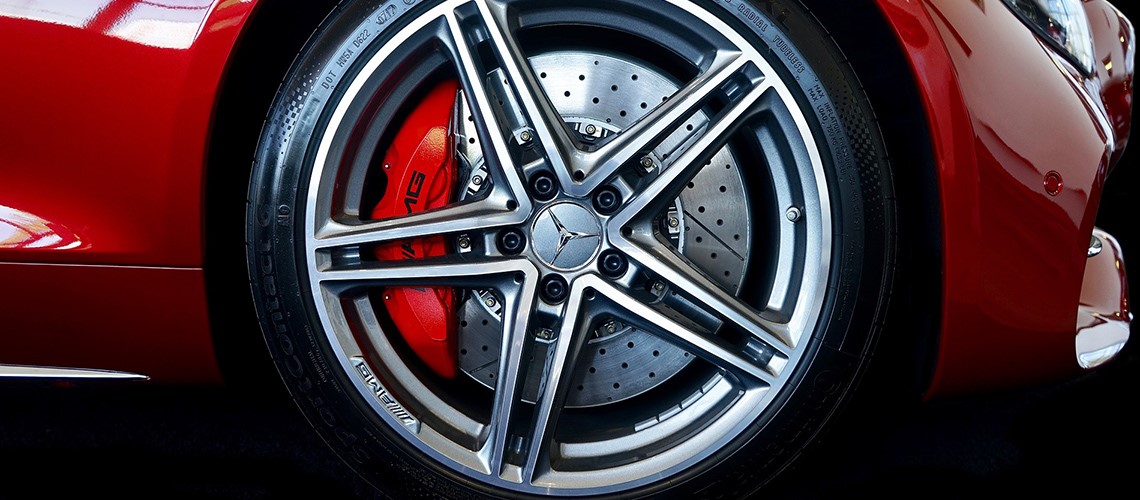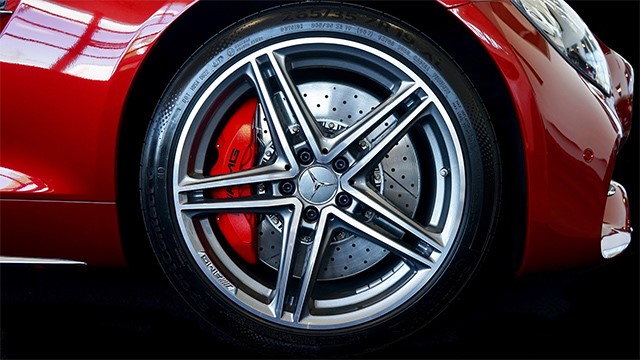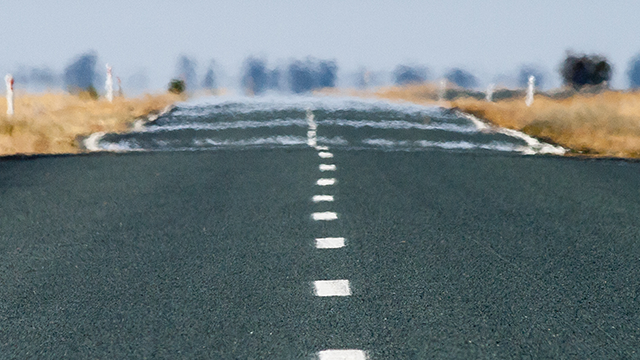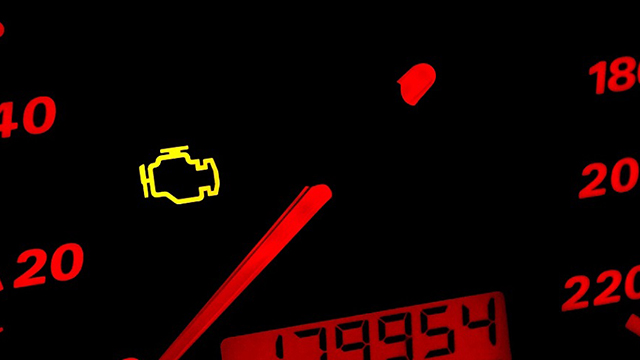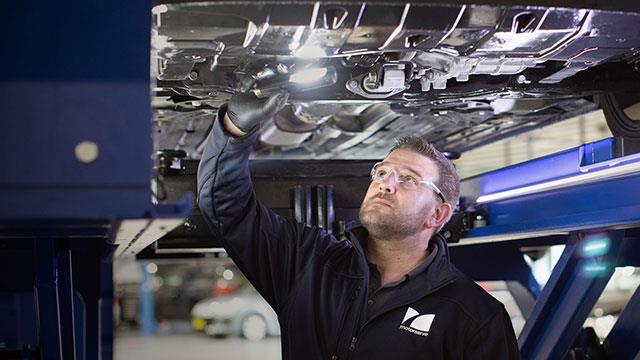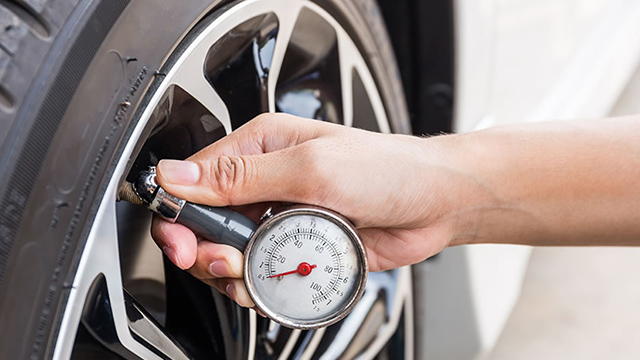Open Road reader Ross Wilson recently asked: "What is the difference in a vehicle having 17-inch wheels and 20-inch wheels? The model I am considering has these options."
Like Ross, if you're in the market for a new car you may have noticed the many wheel sizes and styles available. And if you've ever wondered if the size of your wheels actually make a difference, we're here to help. Let's go through some of the reasons why you might want to pay attention to the size of your wheels when you choose your next vehicle.
Increased performance
Visual considerations aside, engineers often use a larger wheel and a low-profile tyre to improve a vehicle's handling. Compare the tyres of a sports or high-performance model to those of the base model and you will notice a difference.
When manufacturers increase the size of the wheel and tyre combination they need to stay close to the base tyre's overall diameter to minimise speedometer error and expensive changes to the vehicle's gearing. That means they need to fit a tyre that has a lower profile or smaller sidewall.
Side-on, a low profile tyre is much thinner between the inside diameter (where it fits the wheel) and the outside diameter (where it meets the road). It also has less built-in sidewall flex than a similarly sized high-profile one, so fitting these tyres – usually to a wider wheel – can improve a vehicle's handling and help create a sportier drive. It's most noticeable when cornering at higher speeds as it can give the steering a more direct feel.
With this said proper care and maintenance of tyres will lead to better road holding and improved comfort, follow these simple steps to keep your tyres in good condition.
Comfort
But there can be downsides. Wheel sizing is one of the biggest factors in ride comfort. Many shoppers don't realize this when selecting a larger wheel. While the largest wheels often look the best, they can have a big impact on ride comfort.
The first line of defence in a vehicle's bump-absorption armoury is its tyres and low profile ones transmit more harshness from potholes and so forth, especially if the suspension hasn't been properly calibrated for their use. Some brands do a much better job of tuning suspension to our road conditions, so make sure you test-drive the different variants.
Price
Low-profile tyres are also often more expensive than their high-profile counterparts and their lifespan is shorter because the rubber compound they're made from is usually softer.
If you buy larger wheels as part of an option package on a new vehicle, or get them as standard equipment on a higher trim level, the initial cost may not be that high. But when it comes to replacing a damaged wheel or when the time comes to replacing your tyres tire, the extra cost can be substantial in the long run.
When the time comes to replace your car tyres
The differences in tyres can be somewhat overwhelming, with hundreds of different offerings, it can be difficult to know which tyres are suitable for your vehicle. Look at the markings on the side of your car’s tyres which tell you the tyre’s type, size, and load and speed ratings. It is important to ensure you fit the right-size tyres to your car. These will usually be the same size as the old tyres, but if you bought your car used, look at the tyre placard located inside one of the front door openings, check the owner’s manual, or ask and expert from NRMA car tyres to be sure.
Let’s say the sidewall of your tyres reads P 195/60R15 94H:
